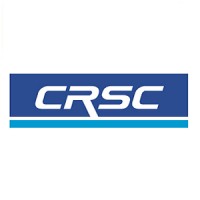
China Railway Signal & Communication Corporation Limited
China Railway Signal & Communication Corporation Limited (hereinafter referred to as CRSC) is the provider of railway signal and communication technology, products and services, the precursor and leader in the China rail transit control industry, one of the biggest rail transit system solution provider. We provide specialized one-stop solution of design and integration, equipment manufacturing and system implementation services for rail transportation control systems to our customers and are the only authorized reviewer of rail transportation control system equipment modes, technology standards and product standards in the PRC. CRSC has 19 first-level subsidiaries, with a total number of 15, 000 employees. As the main initiator of China railway and urban transit control system technology application and innovation, CRSC established a whole set of China train control technology system and standards. With its systems and products widely applied to national railway and urban rail transit construction, CRSC has played a dominant leading role in the industry with huge influences. CRSC undertakes a number of key national scientific research projects, obtains many technological achievements leading over or at the international level in the field of the high speed railways, plateau railways, heavy loaded railways, speed increase of exiting railways and urban railway transit, and provides the strong support of technology for Chinese railways and urban transit. Standing at a new historical starting point, CRSC will always adhere to the philosophies of safe development, scientific development and “one major industry and diversified relative industries”. With the idea of innovation-driven development, CRSC will speed up the world-class enterprise of global competitiveness and try to make greater contributions to the development of rail industry both at home and abroad.






